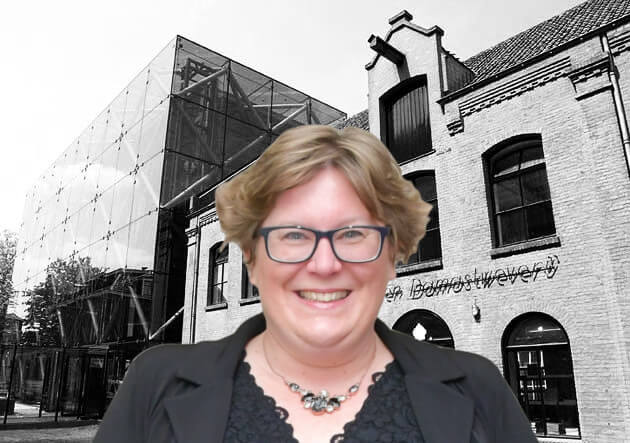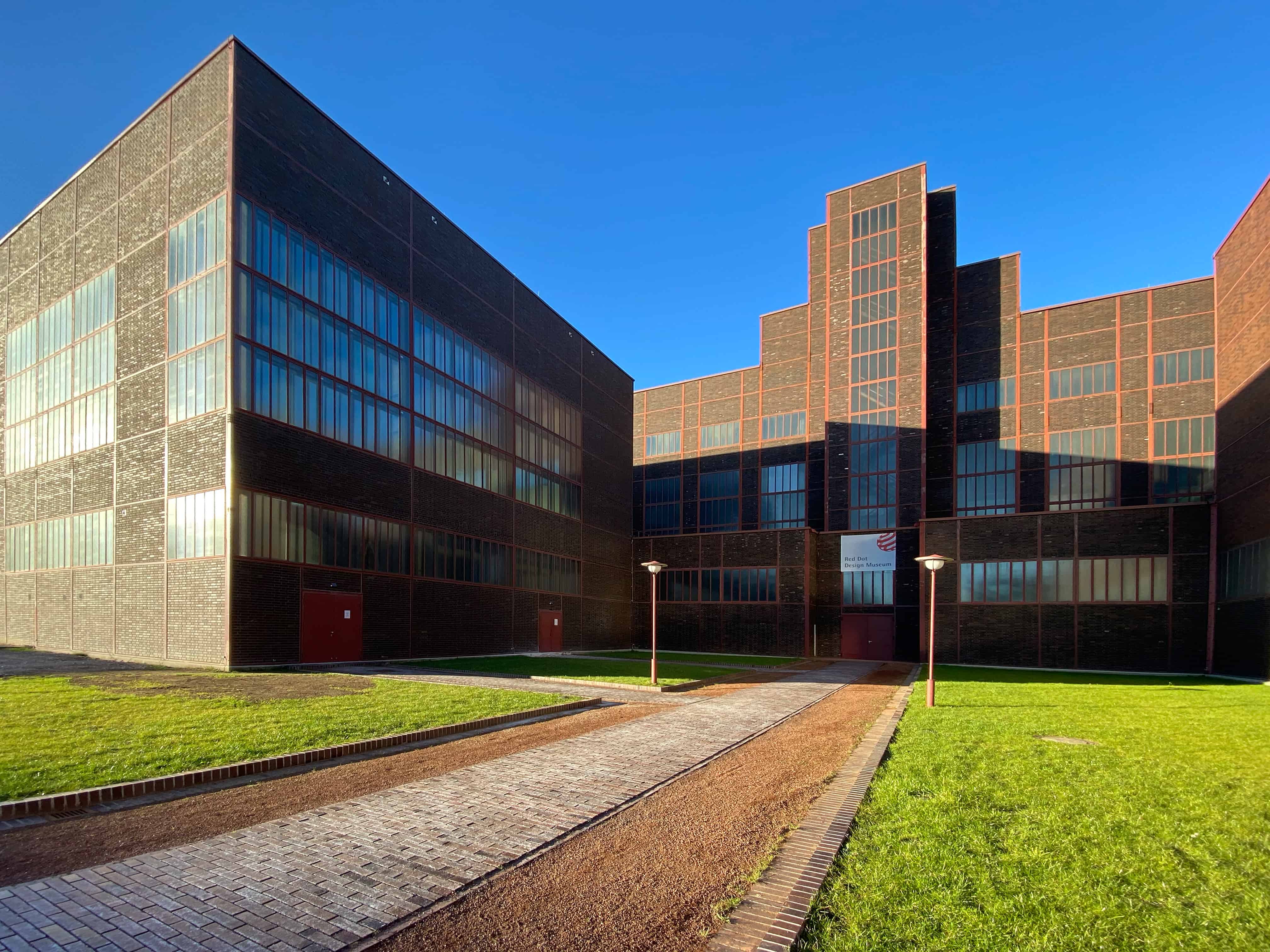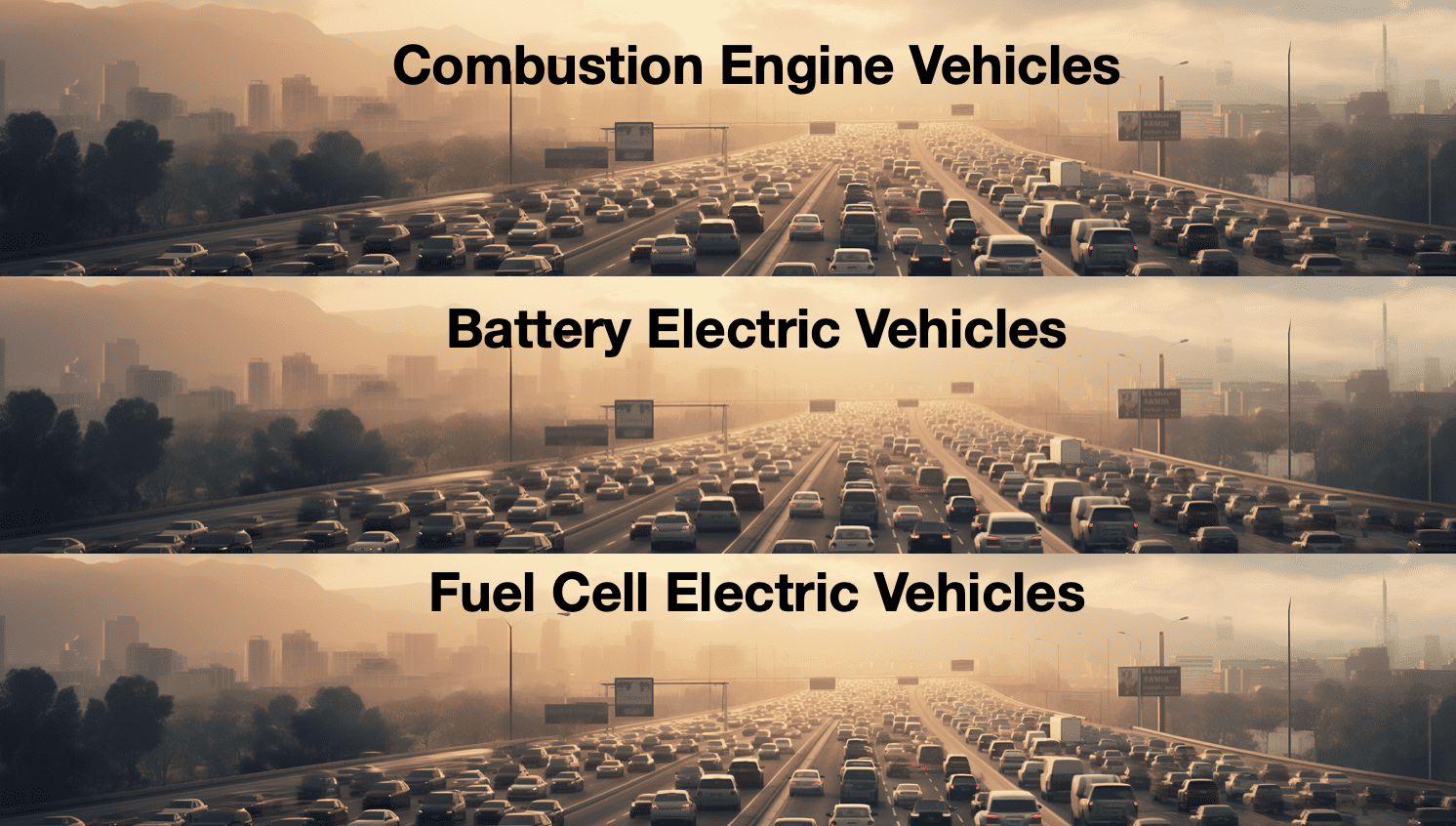
I spent the very last day of 2019 at Clos Lucé. The castle in the idyllic Loire region in France where Leonardo da Vinci spent the last years of his life. It had an impact on me. In the weeks that followed, I noticed how da Vinci’s name casually popped up as an example in my discussions on Design Thinking. When a structural pattern emerges in casual examples, it’s time to consider it in more depth. I realized that Leonardo da Vinci (1452-1519) is perhaps the greatest Design Thinker who has ever walked on this planet.
While Design Thinking is often seen as a form of working with post-it notes and pens, it is in fact a mindset wherein a design-oriented way of thinking is used to create and test solutions to complex issues. This makes Design Thinking, as a mindset, a source of innovation. Leonardo da Vinci was the first to really excel in this combination of simultaneous creation and research. Scientists Tal en Gordon characterize him as “a man who observed sciences in an artistic way and art in a scientific way.”
Applied science
Leonardo Da Vinci knew that innovation was not only a creative process, but most definitely a process involving applied sciences as well. For example, hanging in the Clos Lucé is the statement: “La science est le capitaine, et la pratique, ce sont les soldats” (Science is the captain, and practice the soldiers). Leonardo studied a lot of things and was able to apply this knowledge in an interesting way. That made him an extremely interesting person to talk to. The French king even offered him a castle and 700 Thalers (silver coins then in circulation in Europe, ed,) per year to just be his personal interlocutor. – How I would have loved to have been his conversation partner right now in these times! But by studying what made da Vinci so special, present-day innovative minds can keep on expanding. I’ m happy to take the first steps in this direction.
“Science is the captain, and practice the soldiers.”
Leonardo da Vinci
Multidisciplinary man
A typical Design Thinking element in da Vinci’s world is the fact that he didn’t let himself be pinned down to one discipline. The guy was an architect, inventor, artist, philosopher and engineer. Da Vinci is regarded as the embodiment of ‘Homo Universalis.’ The Renaissance’s ideal image of man as a broadly cultivated being. He was driven by curiosity and asked himself simple questions, such as ‘how does a bird fly?’ or ‘what is a human being?’ Simple questions with complex answers whereby a combination of disciplines is indispensable. These complex answers still inspire today’s scientists. We see Da Vinci primarily as the painter of the most famous painting in the world. Yet a bibliometric study shows that his contribution to science is just as much praised by today’s scientists as his contribution to the Arts.
Da Vinci is admired for his powers of observation. He observed nature. He observed people and he observed the environment where those people lived. In particular, Da Vinci excelled in capturing his observations in images. He understood the art of visualizing like no other. He sketched not solely for his paintings, but also for his mechanical designs. Like the swing bridge, the car or the tank. Sketches and scale models of his innovative ideas can be found in his renowned Codex. In the world of Design Thinking we call these prototypes.
Ideal city
However, his Design Thinking perspective is most keenly visible in his mission, his raison d’être. He was constantly busy with devising solutions. The artist wanted to make things better. The engineer wanted to make things better, faster and more efficient. And the architect wanted to make people’s lives more pleasant. For example, he was one of the first to think not only about the design of a building, but also about urban planning and the livable city. Plus he created a design for the ideal city. His main strength was a constant combination of theory and practice. I suspect he would have been a great supporter of universities of applied sciences.
Although not all aspects of Da Vinci’s life smiled back at him like his own Mona Lisa Smile. Turmoil and frustration were often his companions. Da Vinci generally had more enthusiasm for the idea than for its execution. Which is also called the Da Vinci Paradox. Consequently, he was not always a reliable partner when you wanted get a job done.
In the scientific journal Brain, scientists present the hypothesis that Da Vinci could be diagnosed postmortem with ADHD. To quote: “There is enough indirect evidence to argue that Leonardo’s brain and cognitive functions were organized differently compared to the majority of the population.” Another hypothesis for his lack of finishing off things is his drive to continually want to improve, which often resulted in work that was never actually completed. He thought and worked in an iterative cycle of perceiving, understanding and creating. Like a spinning wheel which endlessly spins and spins.
Look to the past for the future
As a researcher, teacher and entrepreneur, but certainly also as a citizen, I am convinced that we will all get a lot further if we do not keep trying to reinvent the wheel. The Dutch cabaret artist Herman Finkers spoke about this in de Volkskrant (a leading Dutch newspaper) and said: “If you build up something beautiful that the next generation breaks down every time, you’re not left with much.” We make far too little use of the insights that already exist, the mistakes that have already been made and the development principles already previously thought up. We have to learn from those great people who came before us; we have got to learn from Leonardo da Vinci.
About this column:
In a weekly column, written alternately by Tessie Hartjes, Floris Beemster, Bert Overlack, Mary Fiers, Peter de Kock, Eveline van Zeeland, Lucien Engelen, Jan Wouters, Katleen Gabriels and Auke Hoekstra, Innovation Origins tries to figure out what the future will look like. These columnists, occasionally joined by guest bloggers, are all working in their own way on solutions to the problems of our time. So that tomorrow is good. Here are all the previous articles.








